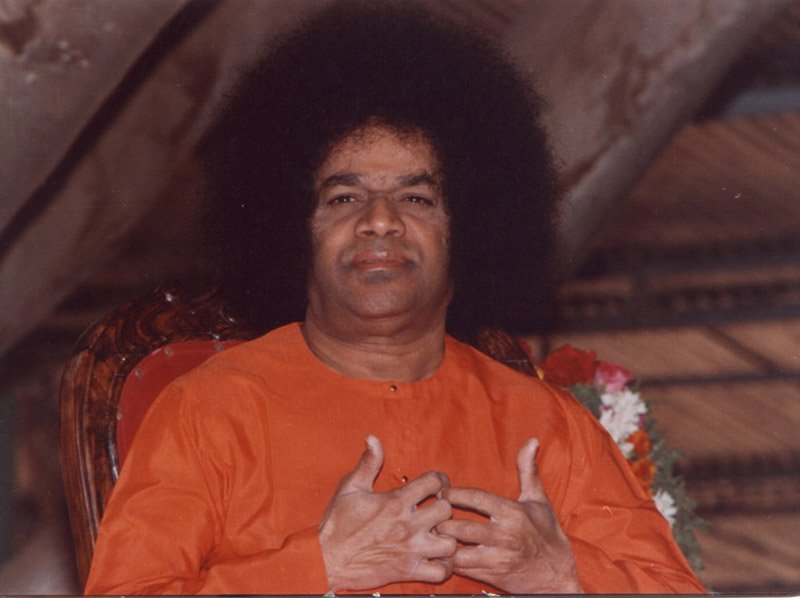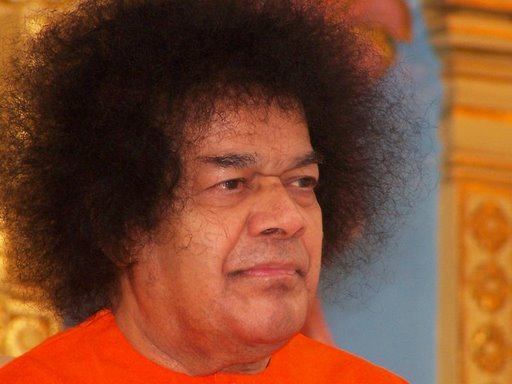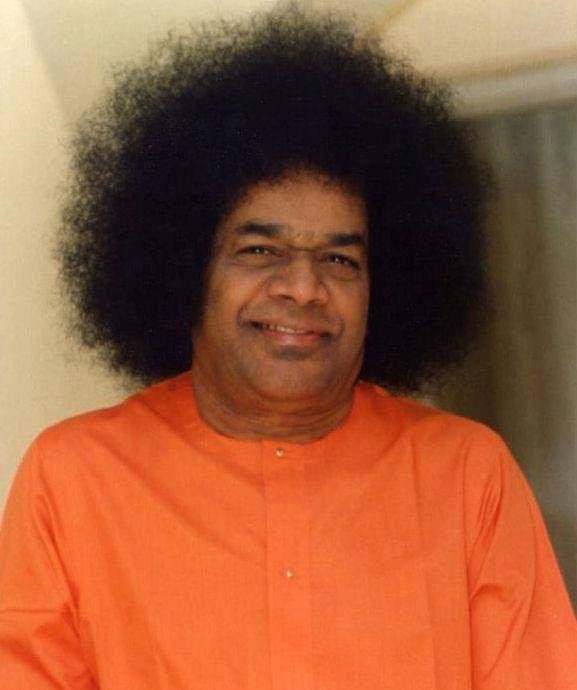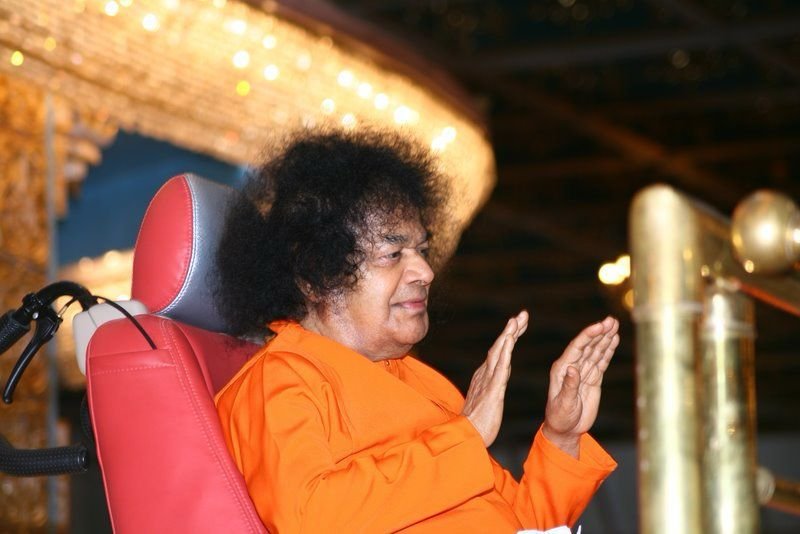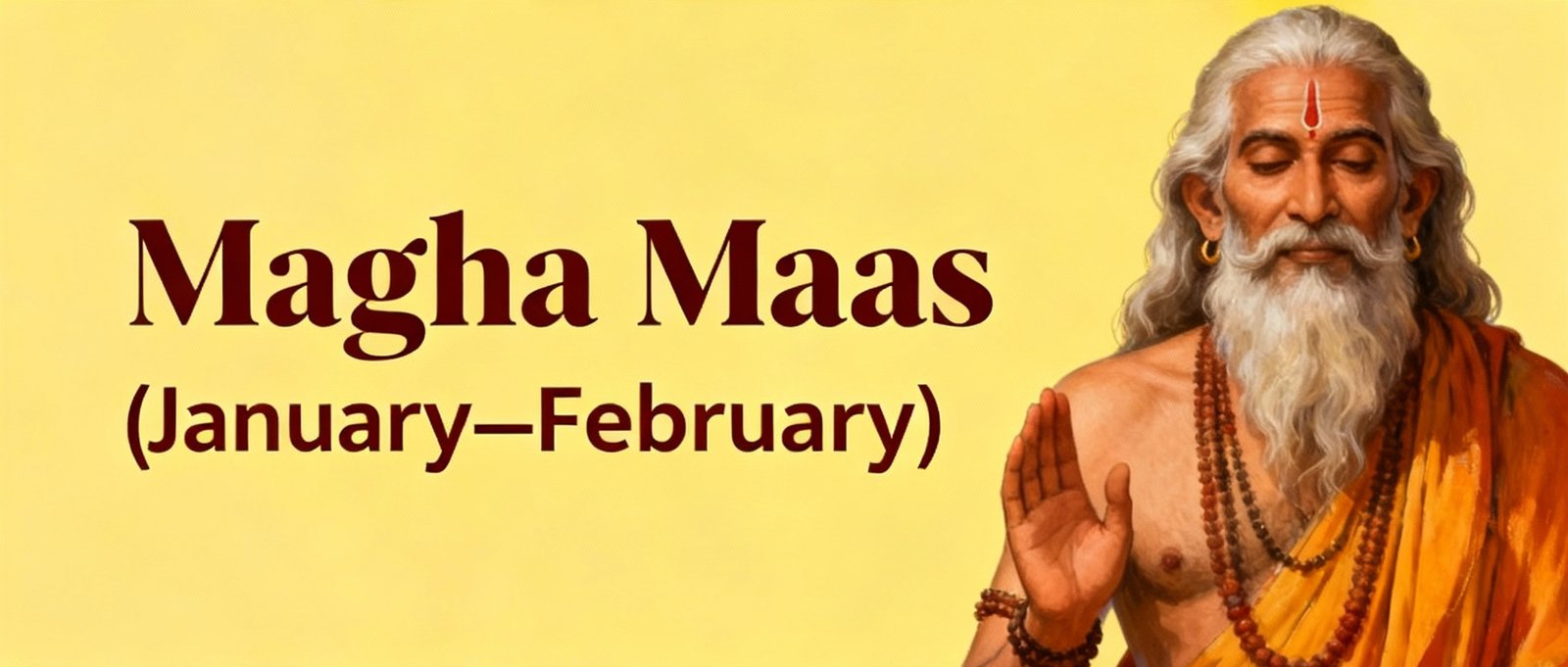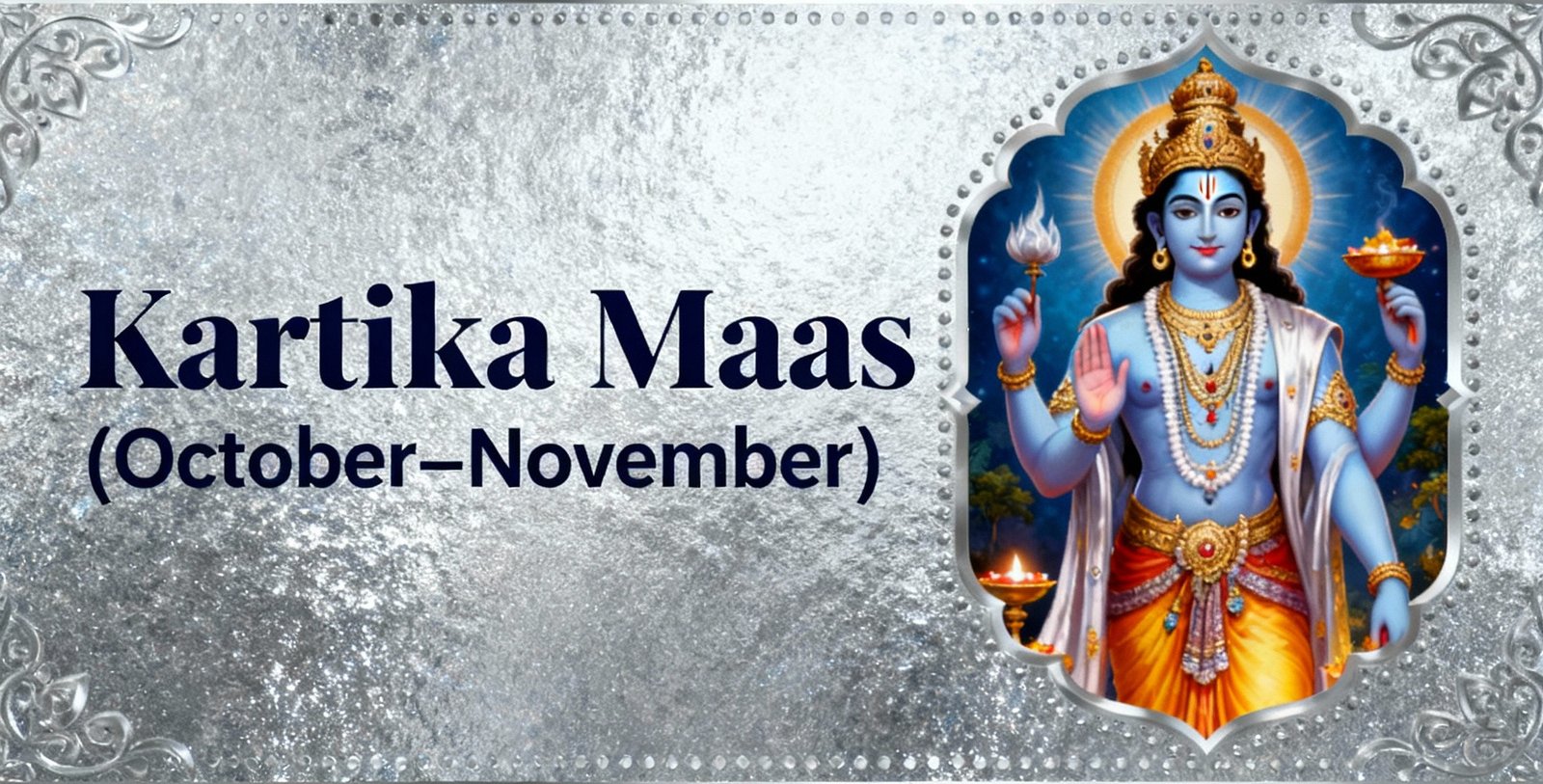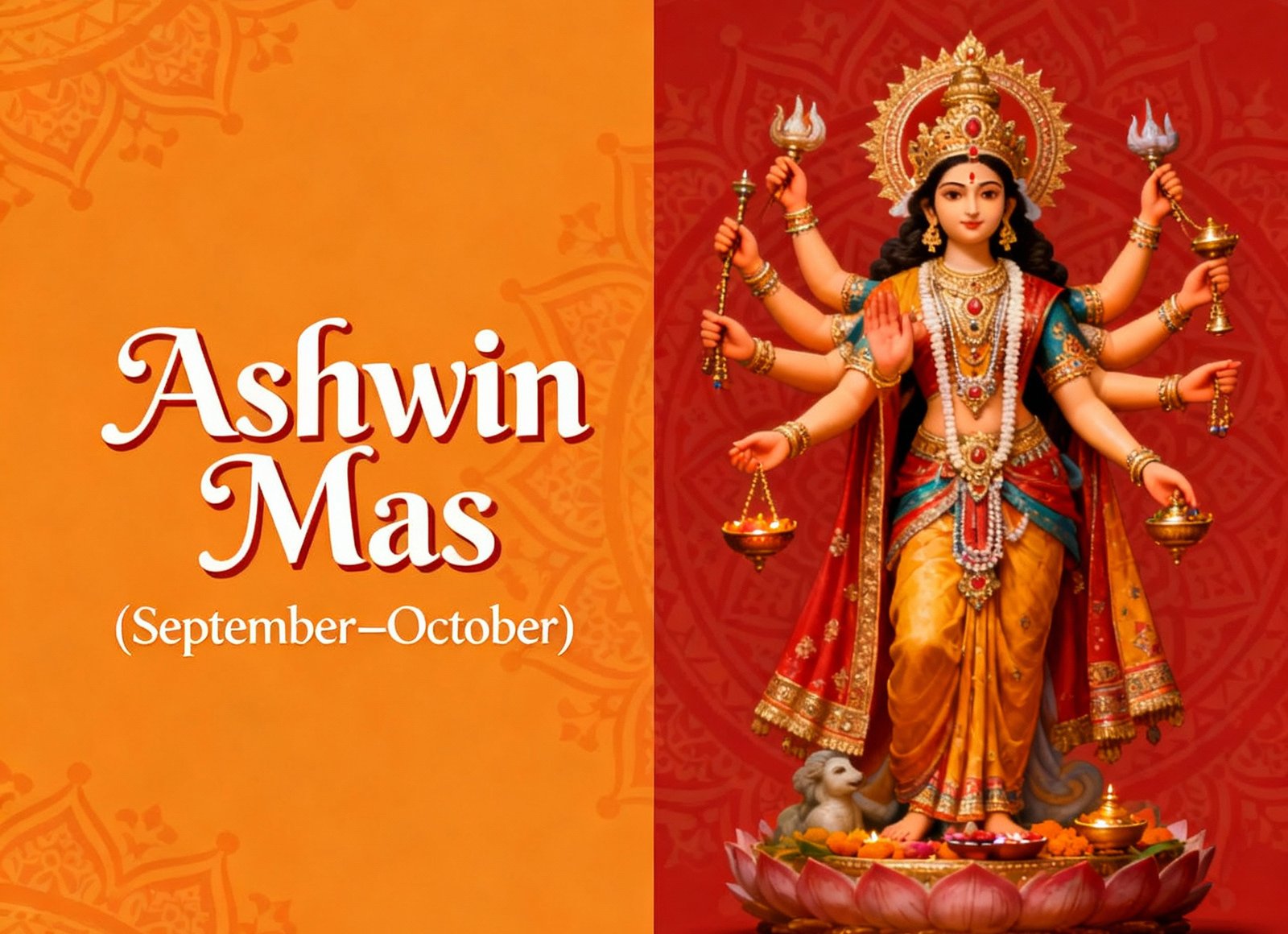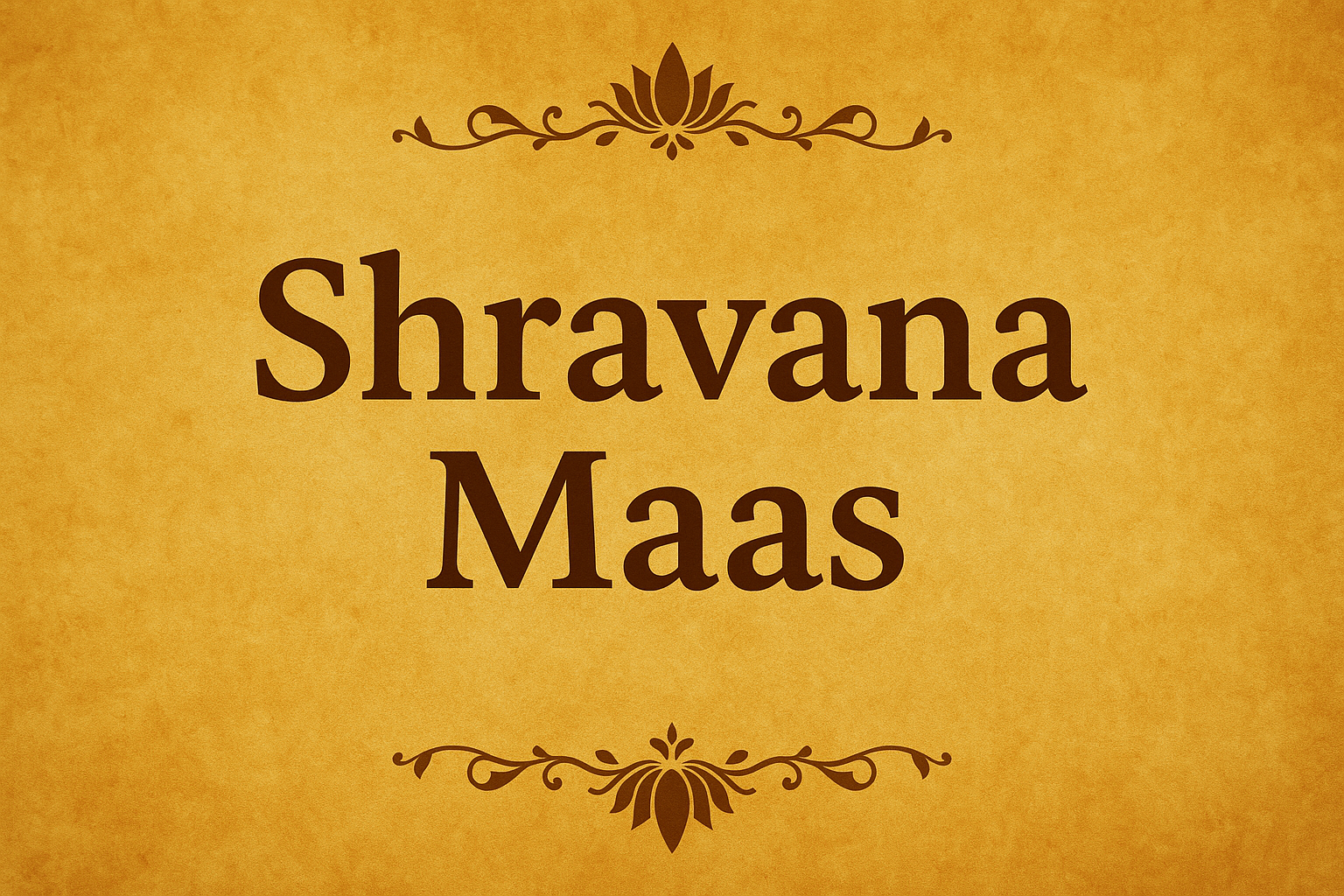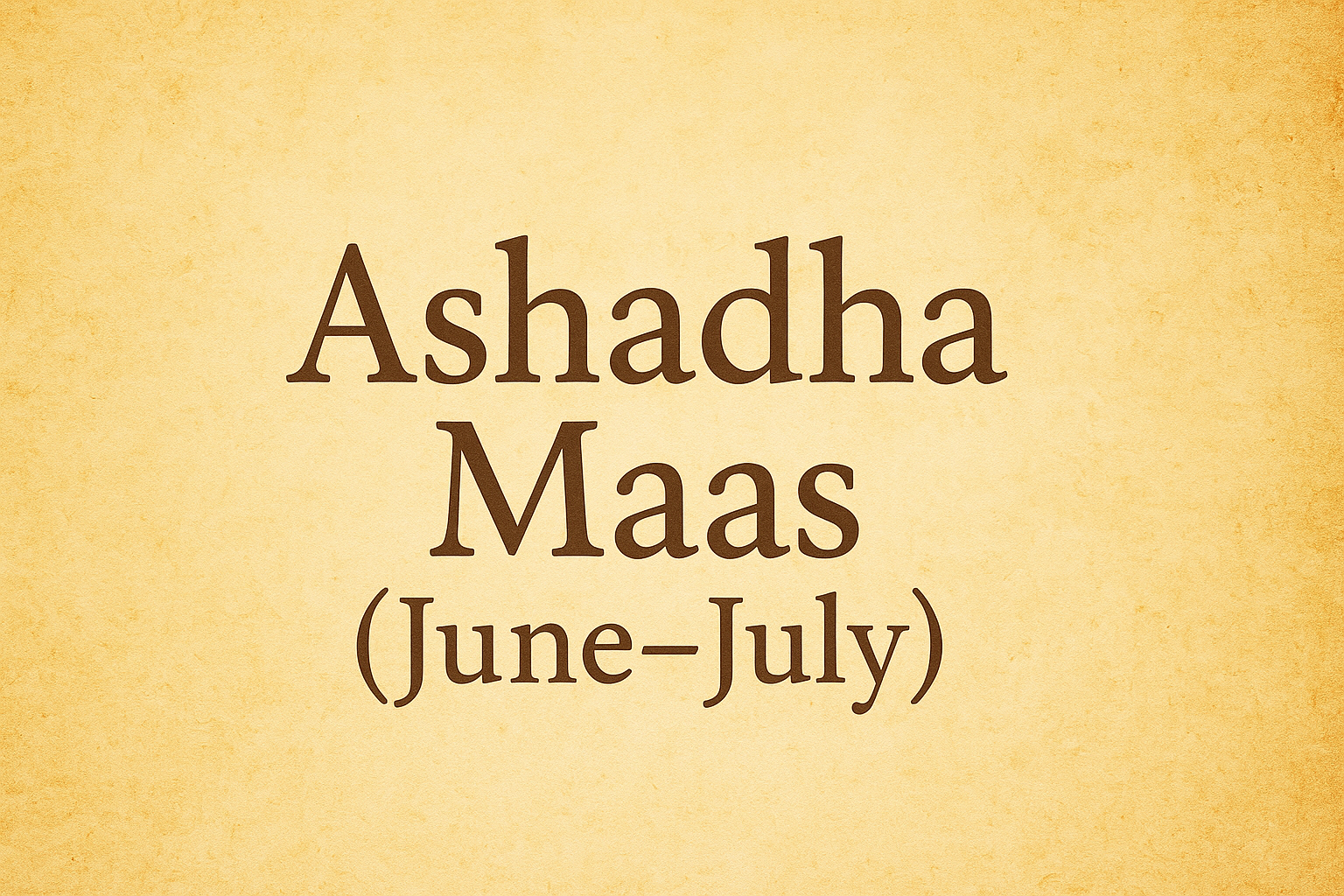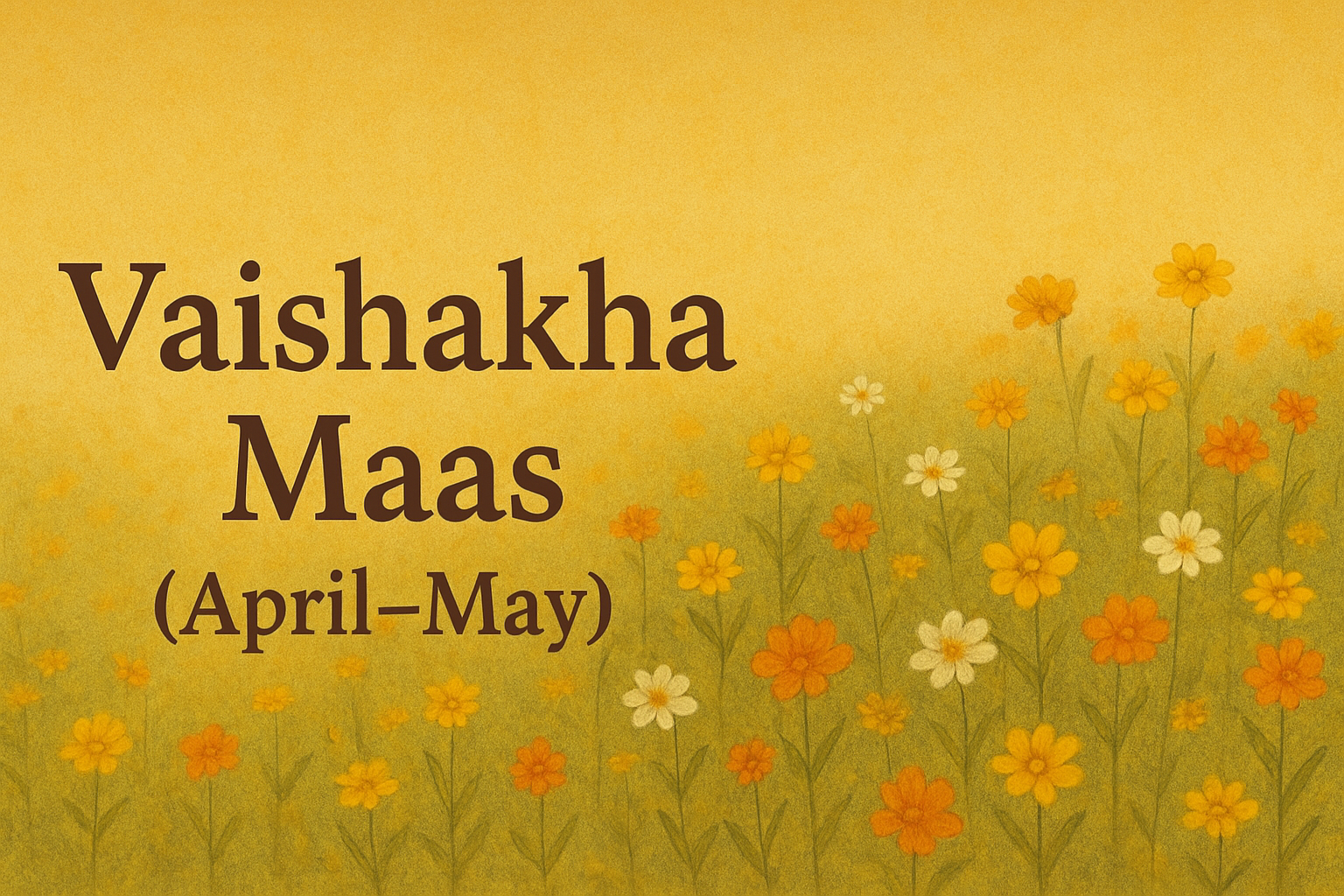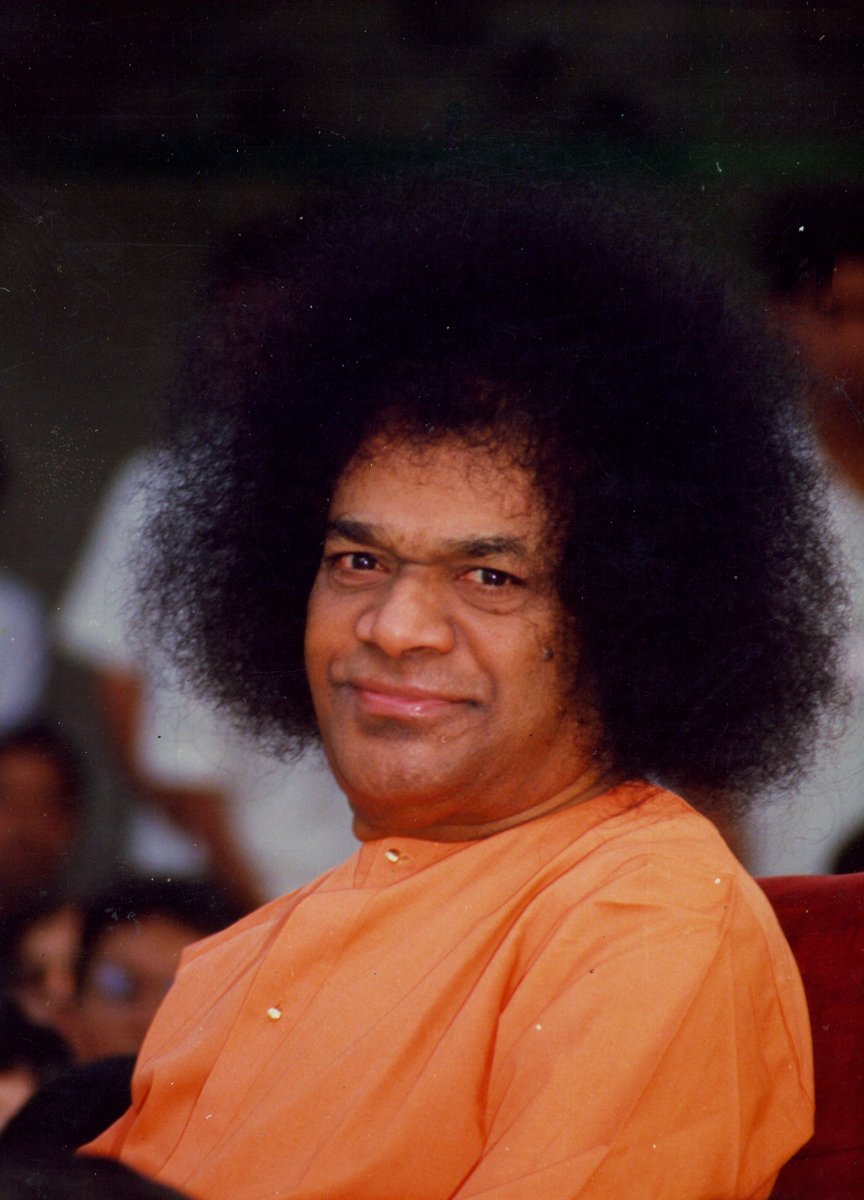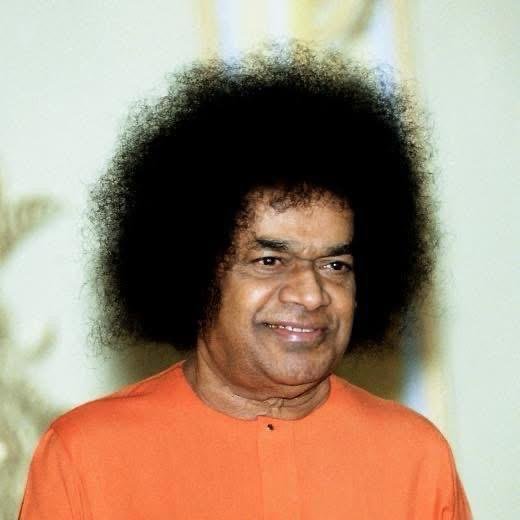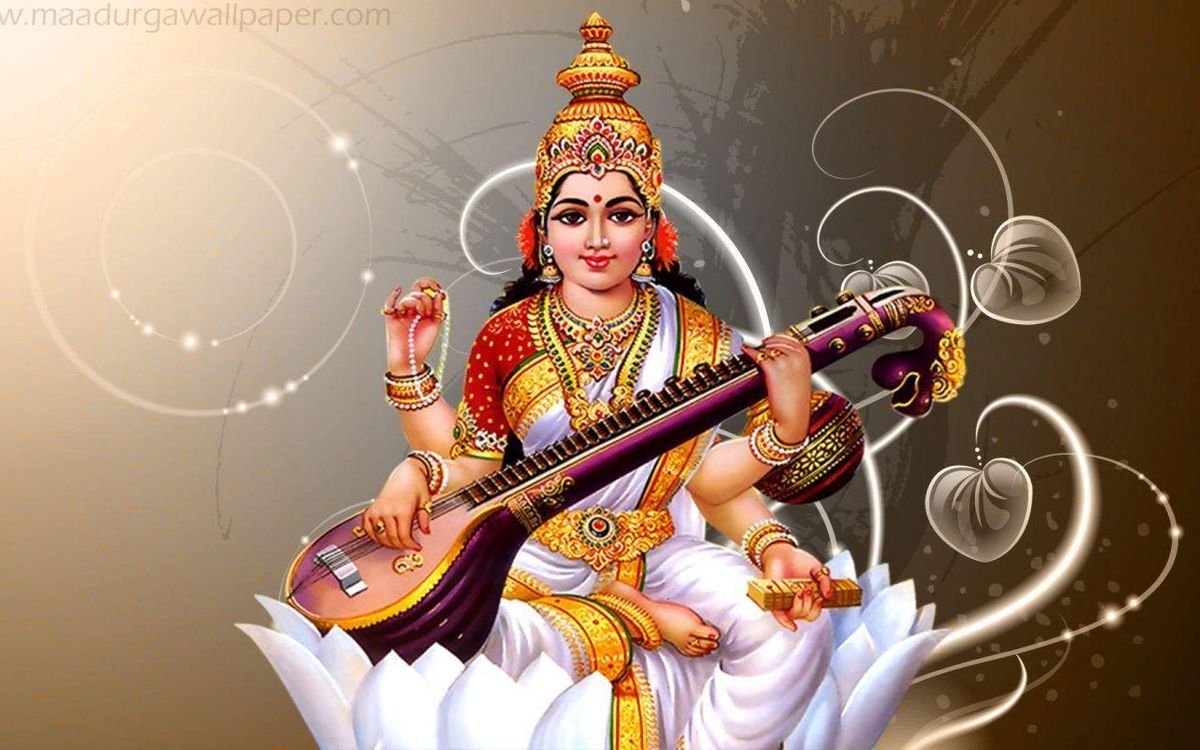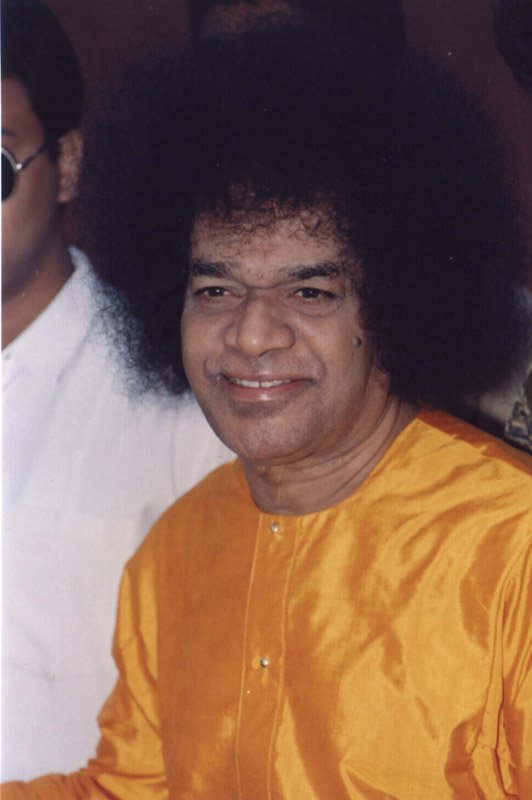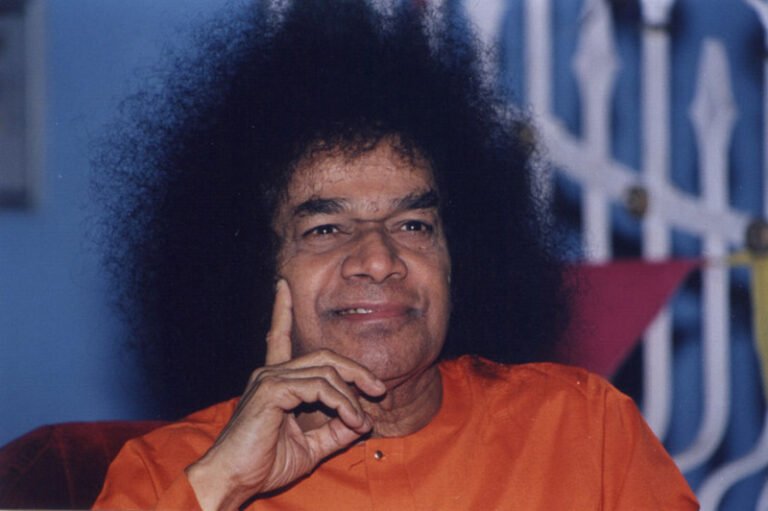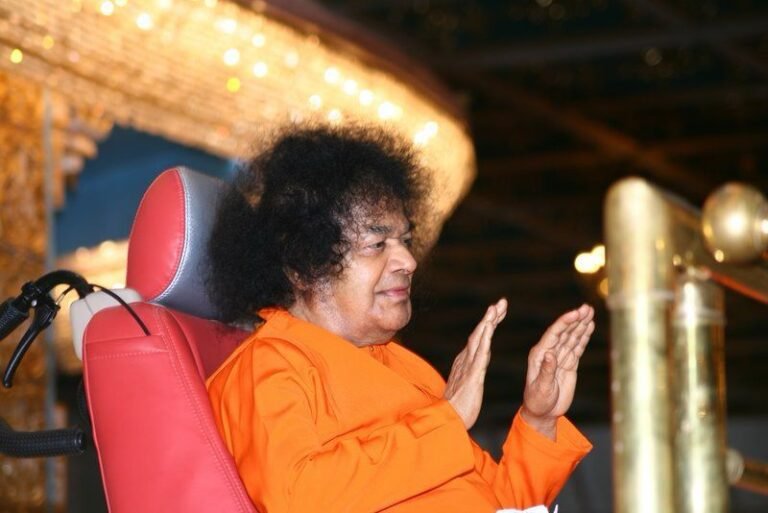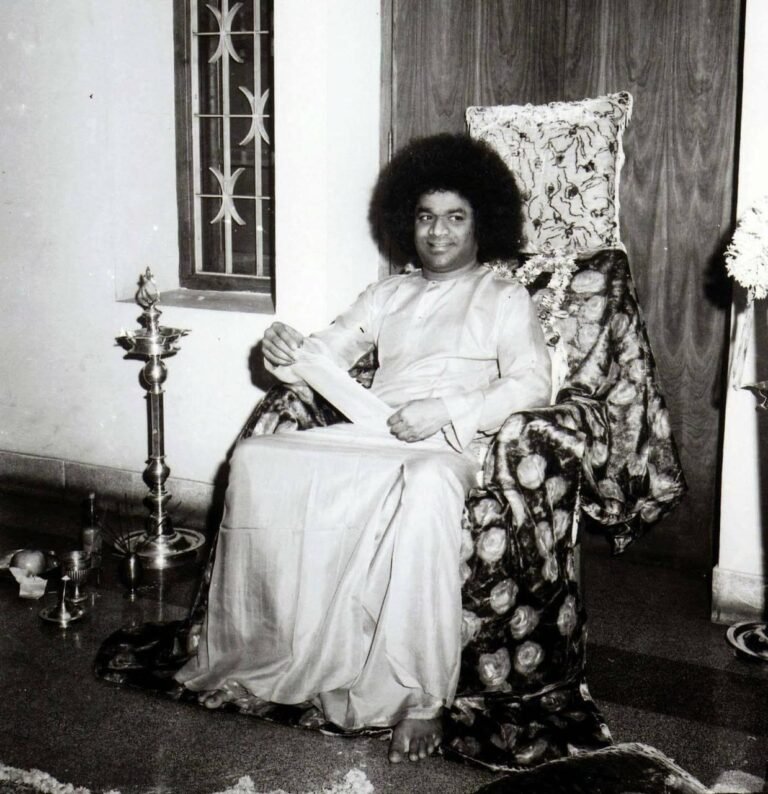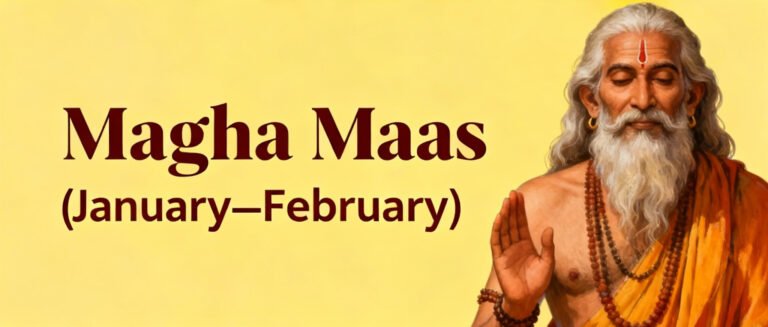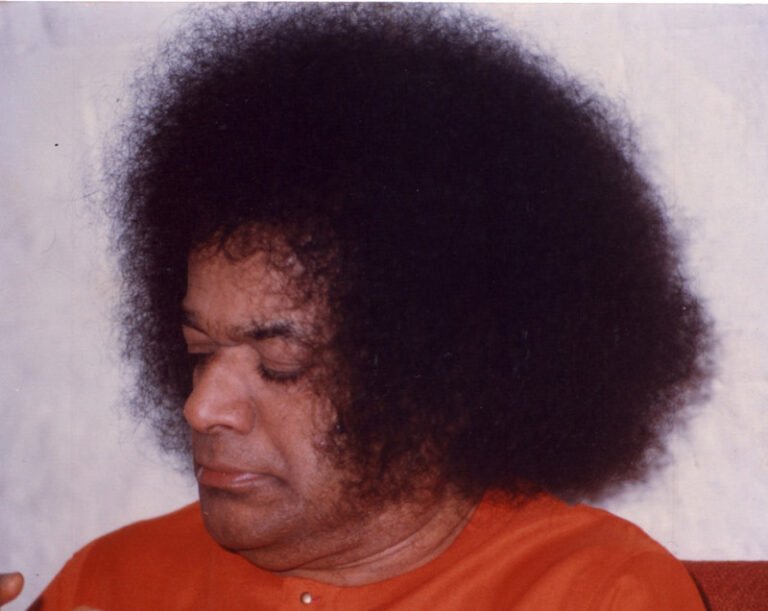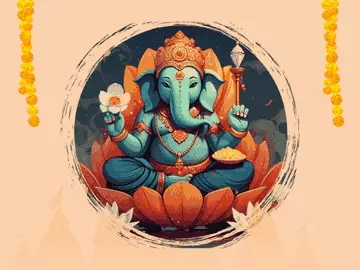Bhadrapada (AugustтАУSeptember)
Ekadashi In The Month Bhadrapada (AugustтАУSeptember)
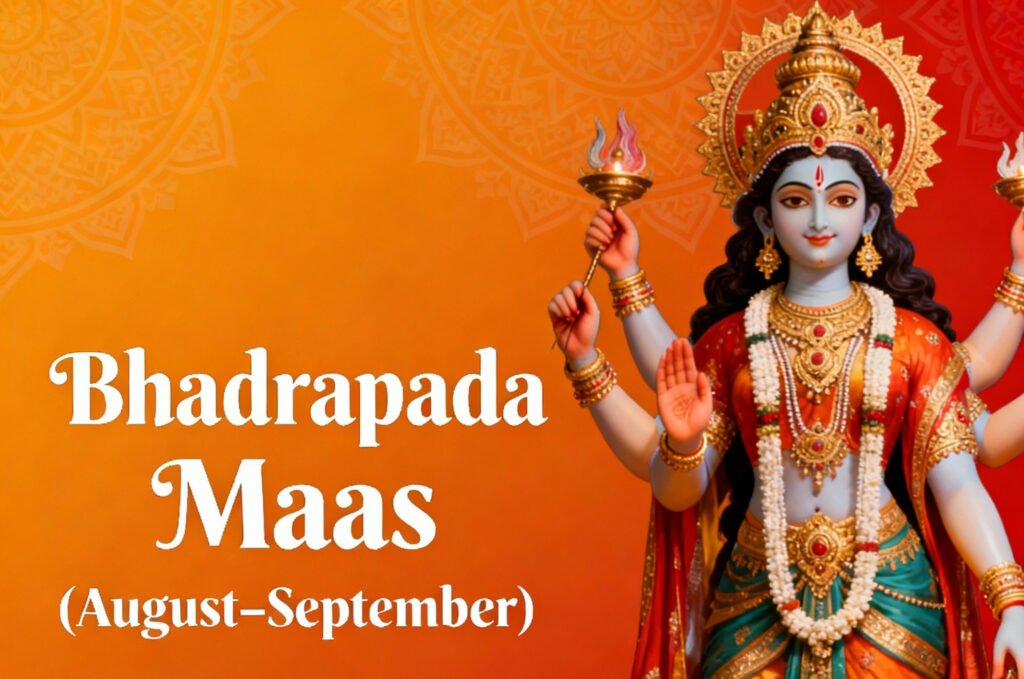
ЁЯМ┐ Aja Ekadashi тАУ Krishna Paksha (Bhadrapada Month)
Aja Ekadashi falls during the Krishna Paksha (waning phase of the moon) in the month of Bhadrapada (AugustтАУSeptember). This sacred Ekadashi is devoted to Lord Vishnu, the preserver of the universe, and is believed to cleanse all sins, destroy negative karma, and lead the devotee to liberation (moksha).
The term Aja means “unborn” or “eternal,” symbolizing the imperishable nature of the soul and the divine. Observing this Ekadashi helps devotees detach from worldly illusions and realize their true spiritual nature.
ЁЯУЬ Mythological Significance
The greatness of Aja Ekadashi is mentioned in the Brahma Vaivarta Purana, where Lord Krishna narrates its significance to King Yudhishthira.
Once there lived a great ruler named King Harishchandra, renowned for his truthfulness and virtue. However, due to the curse of destiny, he lost his kingdom, wealth, and family, and was forced to serve as a cremation ground keeper. Despite immense suffering, he never abandoned truth.
One day, the sage Gautama Rishi met the king and advised him to observe Aja Ekadashi Vrat. The king fasted with devotion, worshipped Lord Vishnu, and stayed awake all night chanting His name. As a result, his sins were destroyed, his suffering ended, and he regained his kingdom, wife, and son. Ultimately, King Harishchandra attained moksha through the divine grace of Lord Vishnu.
Thus, Aja Ekadashi is known to grant liberation and remove all karmic debts, symbolizing the power of truth, faith, and devotion.
ЁЯМ╝ Rituals and Observance
1. Dashami (Day Before Ekadashi)
- Eat only one satvik meal before sunset.
- Avoid onion, garlic, lentils, rice, and grains.
- Prepare mentally and spiritually for fasting.
2. Ekadashi Day
- Wake up early before sunrise and take a holy bath, preferably with Ganga Jal.
- Set up an altar with an idol or image of Lord Vishnu (in His form as Lord Krishna, Narayana, or Venkatesha).
- Offer sandalwood paste, flowers, incense, fruits, and Tulsi leaves to the Lord.
- Recite Vishnu Sahasranama, Bhagavad Gita, or Aja Ekadashi Vrat Katha.
- Maintain a Nirjala fast (without food or water) if possible, or consume only fruits and milk (Phalahar).
- Avoid speaking falsehood, anger, or gossip тАФ dedicate the mind completely to divine remembrance.
- In the evening, light a ghee lamp and perform Aarti to Lord Vishnu with deep devotion.
3. Dwadashi (Breaking the Fast)
- On the next day, after sunrise, offer prayers to Lord Vishnu before breaking the fast.
- Give donations (food, clothes, or money) to the poor or Brahmins.
- Feed cows, birds, or offer food to those in need тАФ this multiplies the merit of the fast.
ЁЯТл Spiritual Significance
- Purification of Sins: Aja Ekadashi destroys sins committed knowingly or unknowingly.
- Freedom from Karma: It releases the devotee from the bondage of past karma and paves the path to spiritual liberation.
- Peace and Prosperity: Fasting and devotion bring peace of mind, happiness, and divine blessings.
- Attainment of Moksha: It leads to salvation and union with Lord Vishnu.
ЁЯУЦ Scriptural Reference
In the Brahma Vaivarta Purana, Lord Krishna says:
тАЬHe who observes Aja Ekadashi with full faith and devotion will never fall into the cycle of birth and death. Even hearing about its glory destroys sins equal to those of killing a Brahmin or committing other grave acts.тАЭ
ЁЯМЩ Essence of Aja Ekadashi
Aja Ekadashi symbolizes the victory of truth, devotion, and purity over worldly illusion. It teaches that even in times of great hardship, one must hold fast to righteousness and faith in God.
By observing this Ekadashi with love, humility, and sincerity, devotees receive freedom from all sins, divine grace, and spiritual fulfillment. It is not only a ritual of fasting but a sacred journey of the soul toward inner awakening and divine truth.

ЁЯМ╕ Parivartini (Vamana) Ekadashi тАУ Shukla Paksha (Bhadrapada Month)
Parivartini Ekadashi, also known as Vamana Ekadashi or Jayanti Ekadashi, occurs during the Shukla Paksha (waxing phase of the moon) in the month of Bhadrapada (AugustтАУSeptember). This sacred day is dedicated to Lord VishnuтАЩs Vamana (Dwarf Brahmin) Avatar, the fifth incarnation among the Dashavatara.
It is a spiritually powerful Ekadashi marking the divine turning point (Parivartan) of Lord Vishnu during His Chaturmas rest (Yoga Nidra). On this day, it is believed that Lord Vishnu changes His sleeping position on the cosmic serpent Shesha Naga, signifying transformation and the approach of auspicious times.
ЁЯУЬ Mythological Significance
The story of Parivartini (Vamana) Ekadashi is narrated in the Brahmavaivarta Purana and Vishnu Purana.
Once, the demon king Bali, grandson of Prahlada, performed intense penance and became so powerful that he conquered all three worlds тАФ Heaven, Earth, and the Netherworld. Seeing this, the Devas (celestial beings) prayed to Lord Vishnu for help.
In response, the Lord incarnated as Vamana, a dwarf Brahmin boy. Vamana approached King Bali during a grand Yajna and asked for three paces of land. The generous Bali agreed. Instantly, Vamana expanded into a gigantic form тАФ Trivikrama, covering Heaven and Earth with two strides. When nothing was left for the third step, Bali humbly offered his own head.
Pleased by his devotion and truthfulness, Lord Vishnu blessed Bali and granted him the boon of ruling Sutala Loka (a heavenly realm) and promised to guard him personally.
This divine incident took place on Parivartini Ekadashi, hence it is also known as Vamana Ekadashi.
ЁЯМ╝ Spiritual Meaning of тАЬParivartiniтАЭ
The term Parivartini means тАЬto turnтАЭ or тАЬto changeтАЭ. It symbolizes:
- The cosmic shift as Lord Vishnu changes His posture during the Chaturmas rest.
- Transformation of the soul, as devotees turn from ignorance to knowledge.
- Renewal of energy тАФ both divine and spiritual, signifying a fresh beginning.
This Ekadashi also marks the preparation for Lord VishnuтАЩs awakening on Prabodhini Ekadashi (after two months).
ЁЯкФ Rituals and Observance
ЁЯМЕ 1. Dashami (Day Before Ekadashi)
- Eat only one simple meal before sunset.
- Avoid grains, beans, onion, garlic, and tamasic foods.
- Prepare for fasting with devotion and purity.
ЁЯМЮ 2. Ekadashi Day (Main Observance)
- Wake up early and take a holy bath, preferably in a sacred river or with Ganga Jal.
- Worship Lord Vishnu as Vamana тАФ offer yellow flowers, tulsi leaves, incense, fruits, and sweets.
- Recite Vishnu Sahasranama, Vamana Stotra, or Parivartini Ekadashi Vrat Katha.
- Maintain a fast тАФ Nirjala (without water) if possible, or Phalahar (fruits and milk only).
- Avoid anger, falsehood, and material distractions; focus on chanting Lord VishnuтАЩs name (Om Namo Bhagavate Vasudevaya).
- In the evening, perform Aarti and read the story of Lord Vamana and King Bali.
ЁЯМД 3. Dwadashi (Breaking the Fast)
- Break the fast after sunrise and worship Lord Vishnu again.
- Feed cows, Brahmins, and the needy.
- Offer donations of food, clothes, or lamps тАФ this enhances the fruit of the fast.
ЁЯМЩ Significance of Parivartini Ekadashi
- Cosmic Renewal: Symbolizes Lord Vishnu turning in His sleep, bringing balance to universal energies.
- Blessings of Transformation: Devotees receive divine strength to overcome laziness, ignorance, and ego.
- Freedom from Sins: Observing this Ekadashi washes away all past sins and leads to purity of mind.
- Gateway to Liberation: It is said that one who observes this vrat with faith attains Vaikuntha, the abode of Vishnu.
- Charity and Virtue: Donating lamps or helping the poor on this day is considered highly meritorious.
ЁЯУЦ Scriptural Quote
In the Vishnu Purana, Lord Krishna tells King Yudhishthira:
тАЬO King, the merit obtained by observing Parivartini Ekadashi is greater than that of a thousand Ashwamedha Yajnas. On this day, Lord Vishnu turns in His sleep, and those who worship Him attain liberation from the cycle of birth and death.тАЭ
ЁЯМ╗ Essence of Parivartini (Vamana) Ekadashi
Parivartini Ekadashi signifies divine transformation, humility, and devotion. Lord VishnuтАЩs Vamana Avatar teaches that ego and pride must surrender to truth and dharma.
By observing this Ekadashi with sincerity and discipline, devotees experience inner change, spiritual upliftment, and divine blessings from the Lord who maintains the balance of creation.
тЬи It marks a time to reflect, renew, and realign the soul with divine consciousness тАФ the perfect Parivartan (change) toward the light of truth and virtue.

